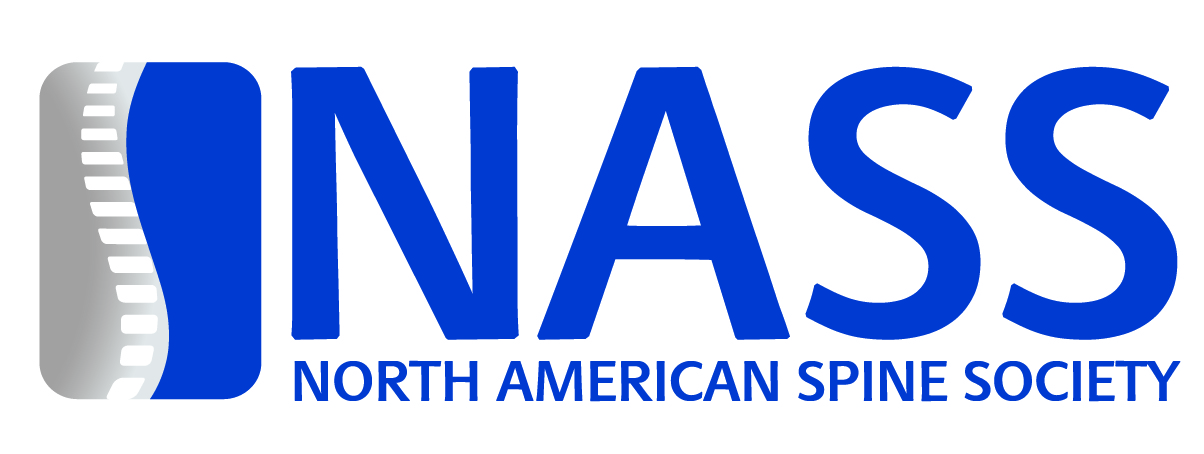What Is Piriformis Syndrome?
Experiencing a sharp, painful sensation in your buttocks or legs that is similar to sciatica? This could be piriformis syndrome, a condition where the piriformis muscle presses against the sciatic nerve.
Although it is rare and only causes around 0.3% to 6% of lower back pain, understanding piriformis syndrome is essential for those living with the condition. In many cases, episodes resolve in a couple of days or weeks with rest and nonsurgical treatments.
An Overview of Piriformis Syndrome
The piriformis is a narrow and flat muscle that extends to each side of your body and stretches all the way from your lower spine, across your buttocks, to the upper part of your thighs. This muscle is involved in virtually every movement performed by your lower body, especially during walking.
The sciatic nerve typically runs beneath the piriformis and is the largest nerve in your body. It travels from your spinal cord, through your buttocks and down the backs of your legs to each of your feet.
Piriformis syndrome is when the piriformis muscle puts pressure on the sciatic nerve, resulting in inflammation. It can cause numbness or pain, usually felt in the posterior region and down the back of one or both legs.
Piriformis Syndrome vs. Sciatica
While both conditions affect the sciatic nerve and can sometimes be related, it is important to differentiate the two. Sciatica is caused by spinal stenosis or a herniated disc, leading to discomfort starting in the lower back and then moving down through the buttocks and legs.
Conversely, piriformis syndrome arises when the piriformis muscle irritates a specific area of the sciatic nerve located by the glutes. While the resulting pain can mimic sciatica, it tends to be a lot more concentrated in a certain part of your body.
Symptoms of Piriformis Syndrome
Piriformis syndrome often manifests as pain or another uncomfortable sensation in the buttocks, hip or upper part of the legs. In addition to being painful, people describe this feeling as:
- Shooting
- Tingling
- Numbness
- Aching
- Burning
Certain activities may exacerbate these symptoms, such as climbing stairs, staying seated for long periods, running or even walking.
What Causes Piriformis Syndrome?
Piriformis syndrome is triggered by anything that results in the piriformis pressing against the sciatic nerve. The most common causes are linked to scarring in the muscle, muscle spasms or swelling in the piriformis or surrounding tissues.
In many cases, these issues can be traced back to:
- Sitting for extended periods, especially with those who are sedentary due to their job.
- Performing activities like walking, running or climbing stairs with weak piriformis muscles.
- Having stiff muscles from insufficient physical activity.
- Injuring the buttocks, hip or legs in a car accident or fall.
- Damaging the piriformis muscle by incorrectly lifting a heavy item.
- Exercising without properly warming up before or stretching afterward.
- Engaging in repetitive movements or prolonged effort that leads to overexertion, like long-distance cycling or running.
The condition can also be related to natural anatomical variations present from birth. For example, someone might have a sciatic nerve that takes an atypical path through their body. An individual can also be born with a sciatic nerve or piriformis muscle that has a slightly different shape or formation. Healthcare professionals refer to this as primary piriformis syndrome.
How to Treat Piriformis Syndrome
The condition may sound scary, especially since it’s so rare, but it’s actually fairly quick to heal piriformis syndrome. With the right treatment, your pain and discomfort should subside in a few days or weeks. This can involve at-home management techniques, prescription medication and injections, and physical therapy to help ease your symptoms.
Fortunately, surgery is only a last resort if all other therapies are ineffective. You likely won’t need to deal with the downsides of invasive treatments, such as taking time off work and facing a lengthy recovery period.
At-Home Management
Here are some things you can do to care for yourself if you suspect you have piriformis syndrome:
- Take a break: While you should aim to rest for a day or two, it’s important to keep moving. Just be sure to avoid activities that cause your symptoms to flare up. For example, if you think that running may be the culprit, find another way to stay active, even if it’s only for a couple of days. Pilates is a great alternative, as exercises such as glute bridges and clamshells can help strengthen the piriformis muscle.
- Get up regularly: If you sit for long hours each day, remember to stand up and walk around at regular intervals. As this condition can be caused by sitting, learn how to sit with piriformis syndrome. Keep good posture, with a straight and neutral spine, a 90-degree bend at your knees and feet flat on the ground. Using a lumbar support cushion or a rolled-up towel can help you maintain your spine’s natural curvature.
- Be cautious of your sleeping position: You should also learn how to sleep with piriformis syndrome. While sleeping on your back or side is best, avoid sleeping on your stomach. Back-sleepers should place a pillow under their knees, whereas side-sleepers should draw their legs up toward their chest and place a pillow in between.
- Use ice and heat therapy: Depending on what you find works best, try cold packs or a heating pad. Icing the affected area a few times throughout the day for 10 to 15 minutes can help bring down the swelling, whereas applying heat can help relax tight muscles.
- Use over-the-counter pain medications: Nonsteroidal anti-inflammatory medications (NSAIDs) like ibuprofen, naproxen and aspirin can help manage your pain.
Prescription Medication and Injections
While the above methods can be effective, you should always see a doctor — especially if your symptoms persist or get worse or you start to develop new concerns. They’ll be able to diagnose you and may prescribe muscle relaxers such as baclofen or cyclobenzaprine. Both come in tablet form and are used to treat muscle spasms, stiffness and pain.
Some doctors recommend botulinum toxin injections, commonly known as Botox. While you may think that this drug is only used to smooth wrinkles on the face, it can also be used in the treatment of spasms. Thanks to Botox’s paralytic properties, it may help relieve tight muscles and reduce pressure on the sciatic nerve, offering relief.
Your healthcare practitioner may also administer cortisone injections to help minimize both discomfort and inflammation. These shots usually contain an anesthetic for instant relief and a corticosteroid medication that will help ease your pain over time.
Physical Therapy
Physical therapy is crucial when it comes to treating piriformis syndrome. By working with a skilled and experienced physical therapist, you’ll discover proven exercises that stretch and strengthen your piriformis muscle, relieving pain. For example, they may recommend lying on your back, pulling one knee in toward your chest and holding this position for a certain amount of time, then repeating on the other side.
Your PT will likely also advise you on which activities to avoid as well as which to incorporate into your recovery routine, such as water aerobics or light jogging. Some include myofascial release or deep tissue massages as part of their therapy, helping your muscles release and relax.
Treat Piriformis Syndrome With Spine Institute of North America
If you’re struggling with pain and suspect you have piriformis syndrome, it’s time for a visit to Spine Institute of North America. We’re a treatment center in New Jersey specializing in the least invasive procedures for spine and joint pain. Our board-certified specialists will diagnose you and create a tailored care path, helping you get back to a life without pain as quickly as possible.
Based on their expert opinion, your practitioner will recommend various nonsurgical treatments, such as physical therapy, muscle relaxers, Botox and other pain management injections. You can trust us to be honest about all your options and only administer what we believe will be the most effective.
Contact us to learn more about our services, or schedule a consultation today!








